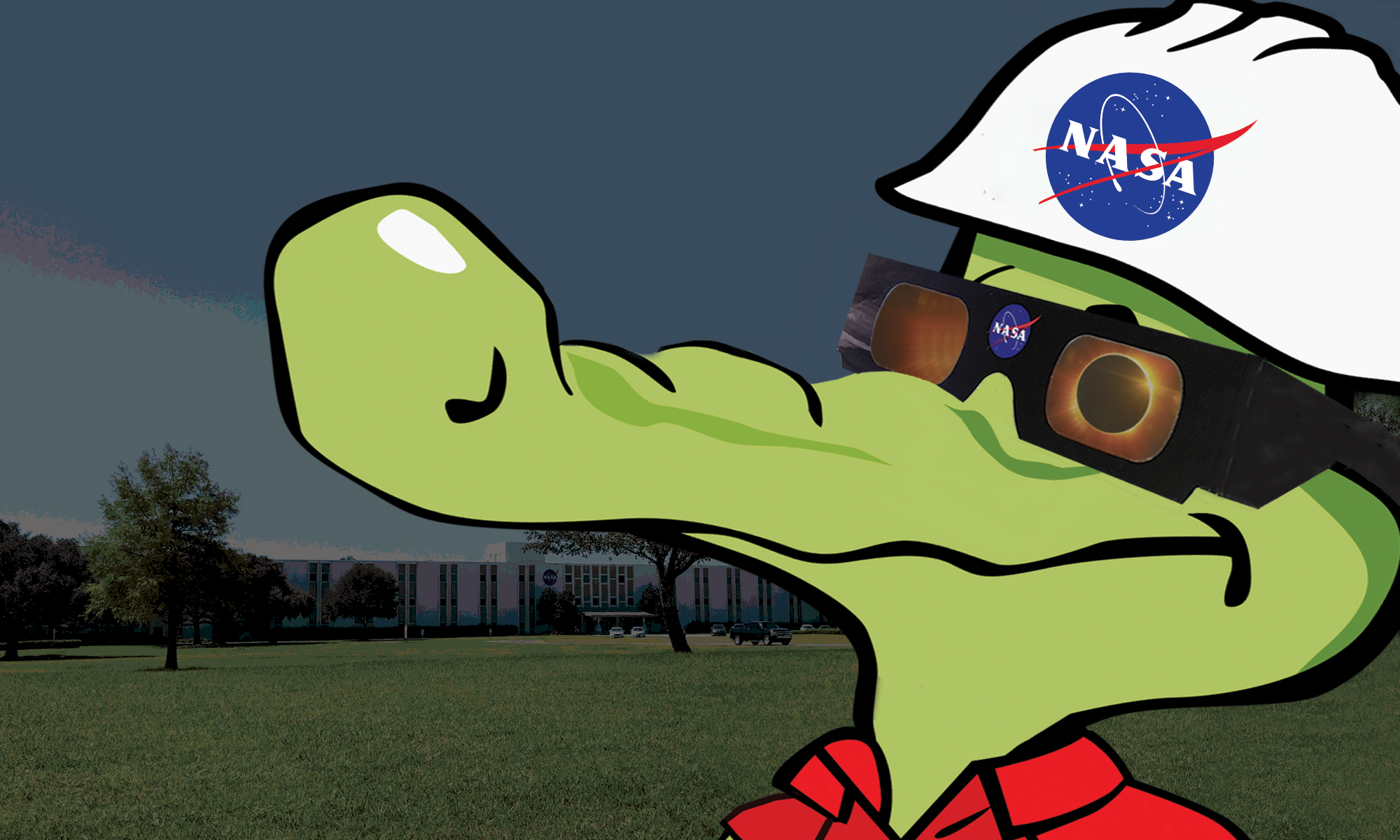
Explore the April 2024 issue featuring:
- NASA Achieves Milestone for Engines to Power Future Artemis Missions
- NASA-Sponsored FIRST Robotics Competition Welcomes 37 Teams to Magnolia Regional
- NASA, Stennis Leaders Provide Annual Update
Gator Speaks

Picture this. The year is 2044. It is 20 years into the future, and you think to yourself, "Life is all about moments. Sometimes we recognize the moment at hand, and at other times, it passes us by before we notice. I wish I paid attention when NASA told me about the last total solar eclipse in 2024, since it has been such a long time since one was visible across the United States."
Then, you snap out of the daydream of the future, return to the present moment, and realize, "Wait! There's still time to view the total solar eclipse in 2024."
The regret you were feeling from missing out on the total solar eclipse in 2024 fades. Indeed, the moment has not passed you by… yet.
The total solar eclipse coming on Monday, April 8, 2024, will in fact be the last total solar eclipse visible from the contiguous United States until 2044. If you are like Gator, you may have to brush up on what the word contiguous means, which describes the adjoining U.S. states and the District of Columbia that make up the United States of America.
It is a long time until 2044, so I invite all to step outside on April 8 and safely give this year's eclipse a look. A total solar eclipse happens when the Moon passes between the Sun and Earth, completely blocking the face of the Sun.
Depending on your location, you may be in a spot where the Moon's shadow completely covers the Sun, known as the path of totality. The sky will become dark, as if it were dawn or dusk. Weather permitting, people along the path of totality will see the Sun's corona, or outer atmosphere, which is usually obscured by the bright face of the Sun.
No matter where you are on April 8, NASA has you covered with this Solar Eclipse Guide: What to Expect: A Solar Eclipse Guide (nasa.gov).






